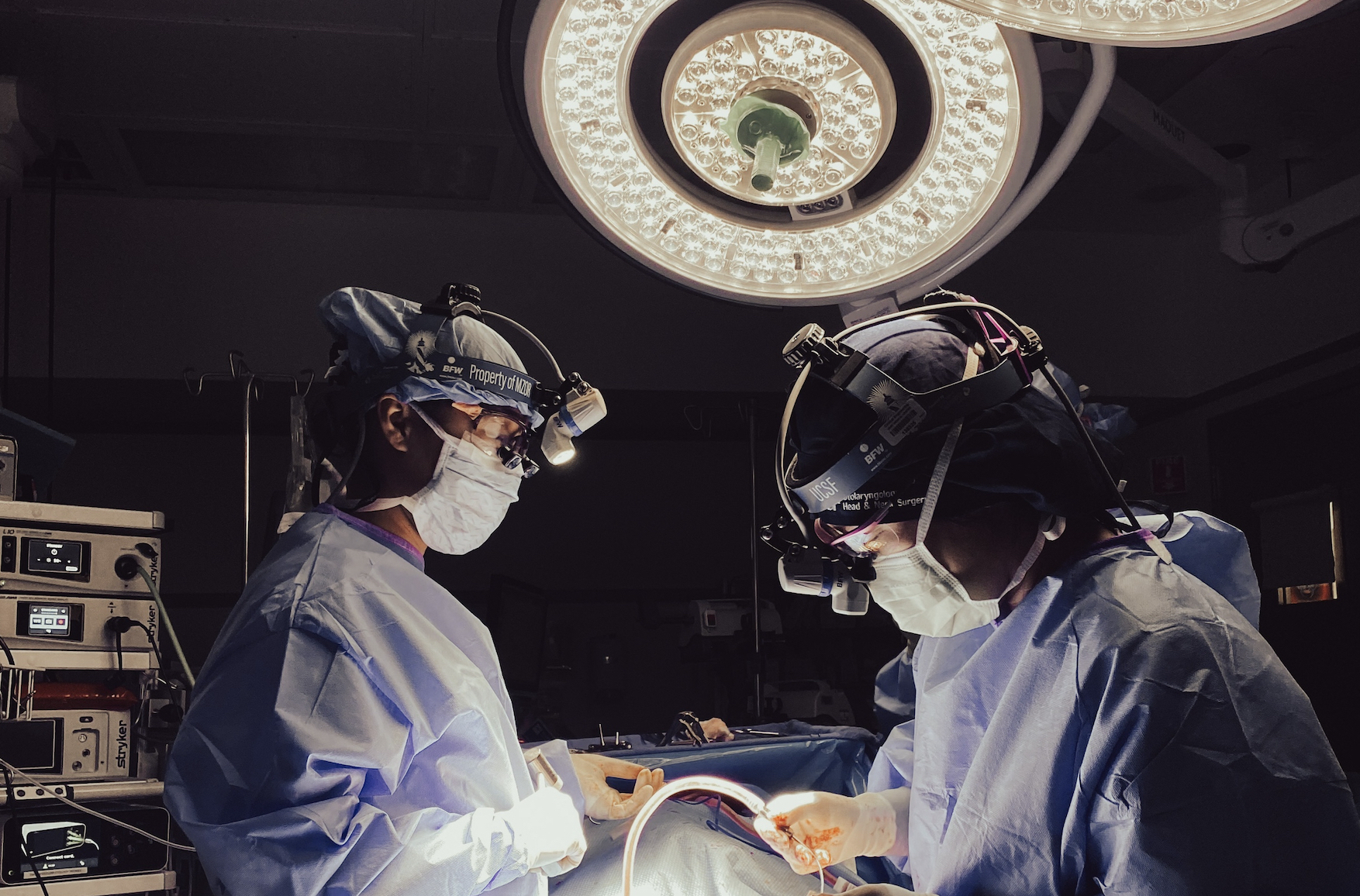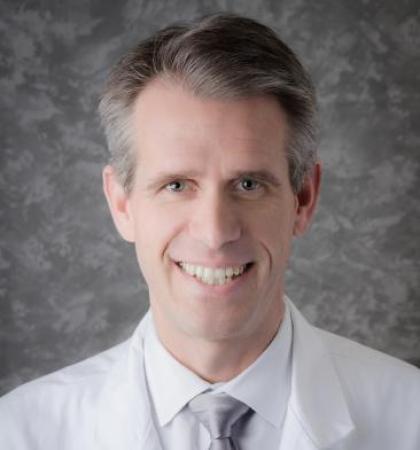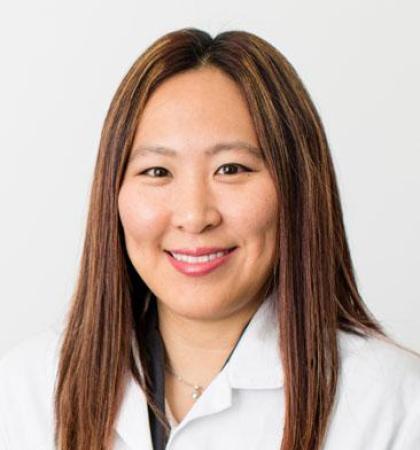
The Division of Facial Plastic and Reconstructive Surgery offers patients highly specialized, world-class aesthetic and reconstructive care. Our surgeons offer patients highly-specialized surgical solutions for reconstruction of the face, head, and neck. Reconstructive solutions are applicable to a range of patient concerns; from worrisome surgical scars, to Mohs skin cancer defects, to facial paralysis, to major microvascular head and neck reconstruction our surgeons are trained to restore natural form and function.
The practice takes a refined and professional approach to facial plastic and aesthetic surgery. Our physicians perform functional and cosmetic rhinoplasty as well as rejuvenation and cosmetic surgery of the face, neck, cheek, brow, eyelids, and ears.
Our Team

P. Daniel Knott, MD

Andrea Park, MD
Our Locations
Facial Plastic and Aesthetic Surgery
2320 Sutter Street, Suite 102
San Francisco, CA 94115
United States
Head and Neck Reconstructive Surgery
2380 Sutter Street, 2nd Floor
San Francisco, CA 94115
United States
